Connecticut Rivers And Lakes
Several notable rivers flow through the state of Connecticut.
Connecticut River
The Connecticut River is the longest river in New England. Facts about the Connecticut River:
- It flows 410 miles from northern New Hampshire south through Vermont, Massachusetts, and Connecticut.
- It forms most of the border between Connecticut and Vermont/New Hampshire.
- The river flows through historic cities like Hartford, Middleton, and Essex.
- It empties into the Long Island Sound and was an important trade route in colonial America.
Housatonic River
The Housatonic River flows southwestern Connecticut into the Long Island Sound. Details about the Housatonic River:
- It rises in western Massachusetts and flows 149 miles to Long Island Sound.
- The river passes through the cities of Danbury and Shelton.
- It powered early industry but was later polluted by manufacturing waste.
Thames River
The Thames River flows through eastern Connecticut into the Long Island Sound at New London. Facts about the Thames River:
- It is only 15 miles long within Connecticut.
- The U.S. Navy base at Groton and submarines are located at the Thames river mouth.
- It was named after the River Thames in England by early English settlers.
Major Lakes in Connecticut
Some of the most notable lakes in Connecticut include:
- Candlewood Lake: Located in western Connecticut, it is the state's largest lake.
- Lake Lillinonah: The state's second largest lake, popular for recreation.
- Lake Champlain: A large natural freshwater lake that extends into New York and Vermont.
- Mashapaug Lake: Located in Union, CT, used for boating and fishing.
Connecticut's rivers and lakes were vital for early trade and industry. Today they continue to provide ecosystem, economic, and recreational benefits.
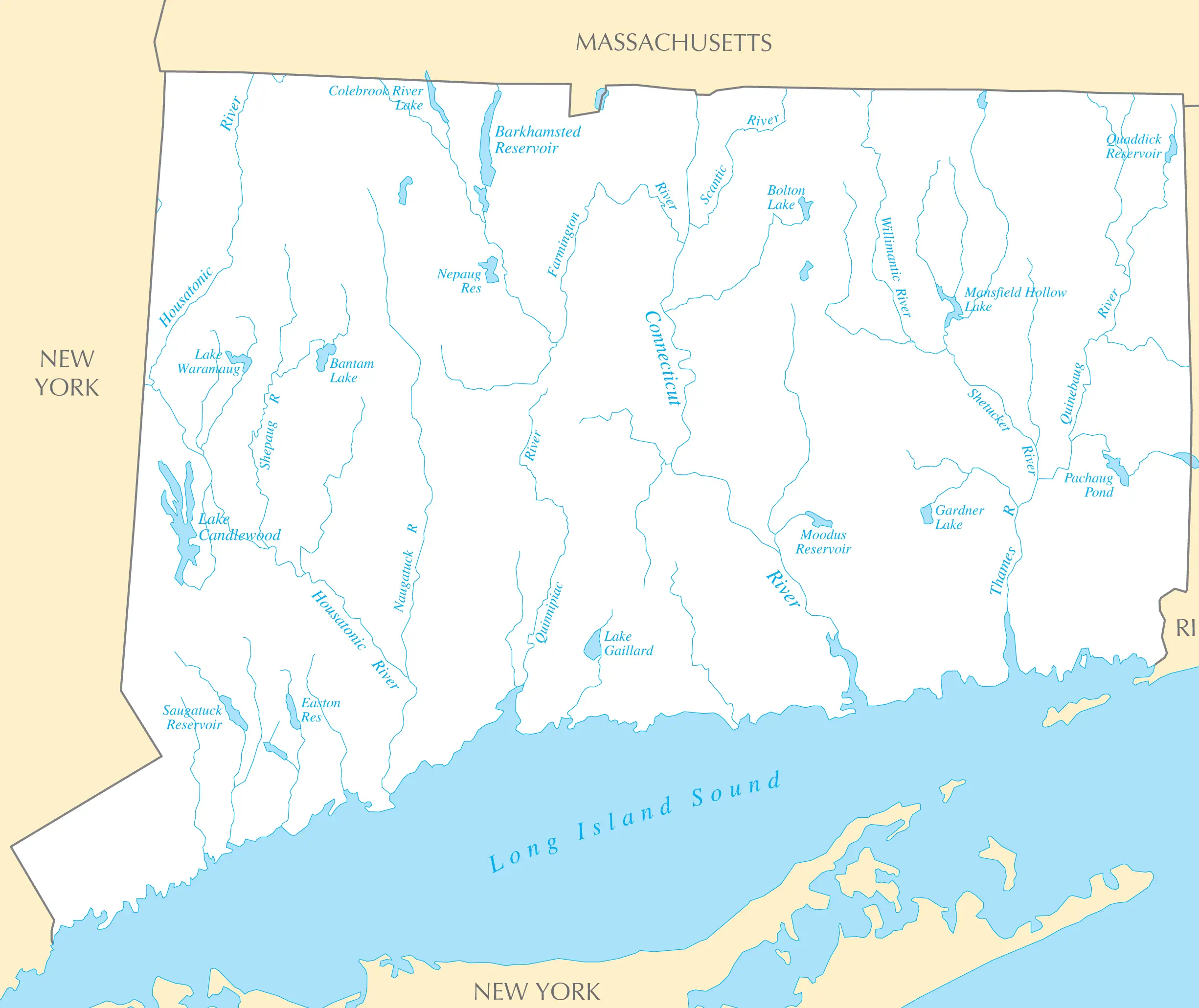
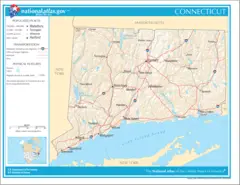
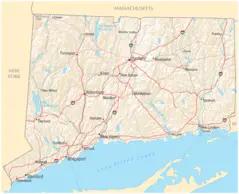
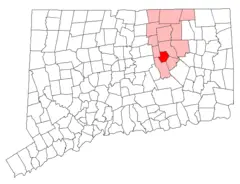
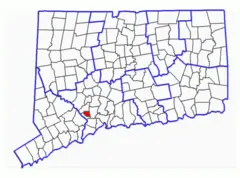

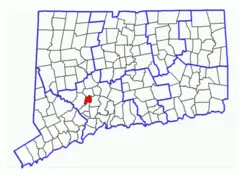
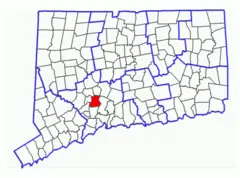
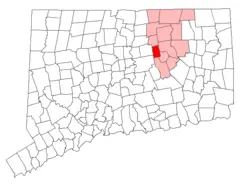
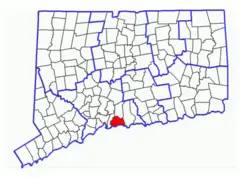
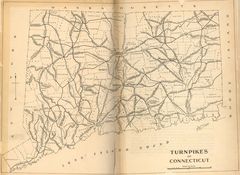
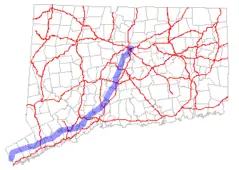
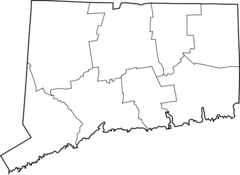
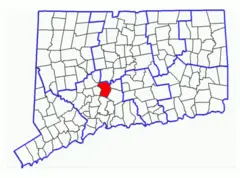
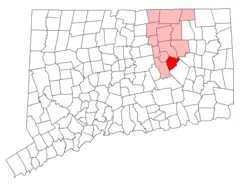
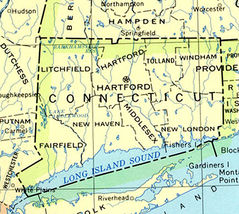
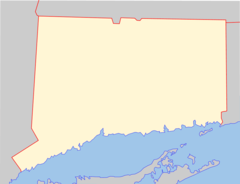
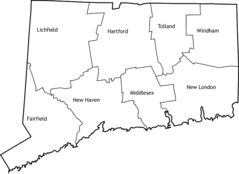

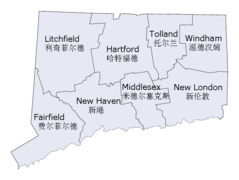
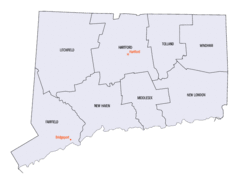
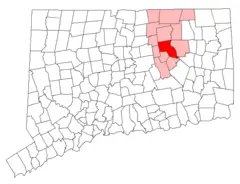
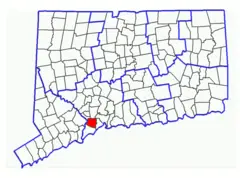
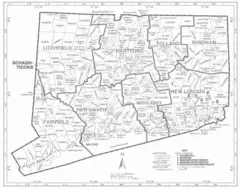
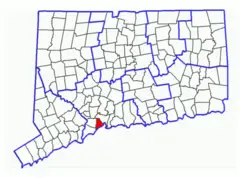
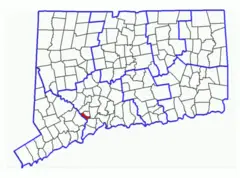
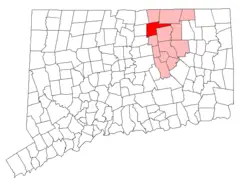
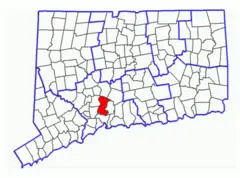
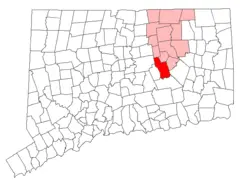
_map.png)
_map.png)